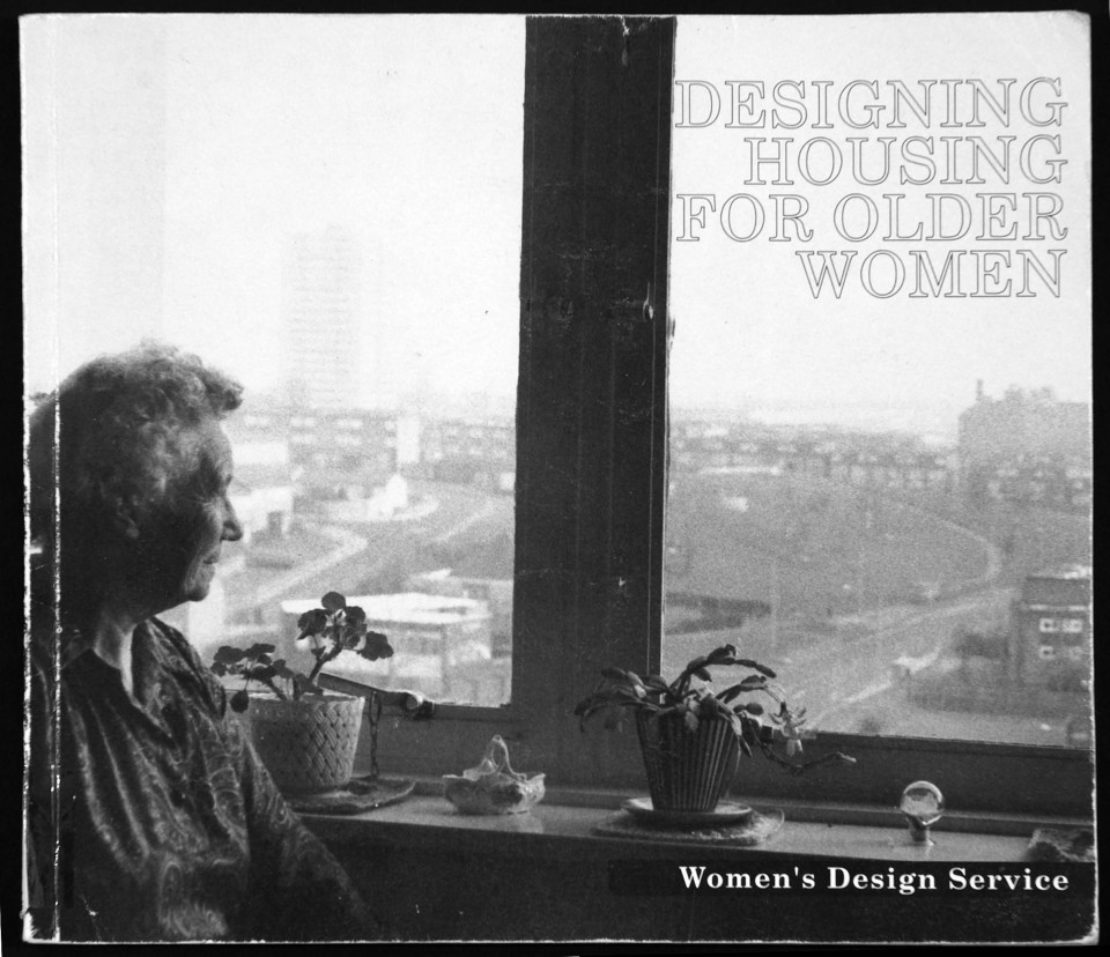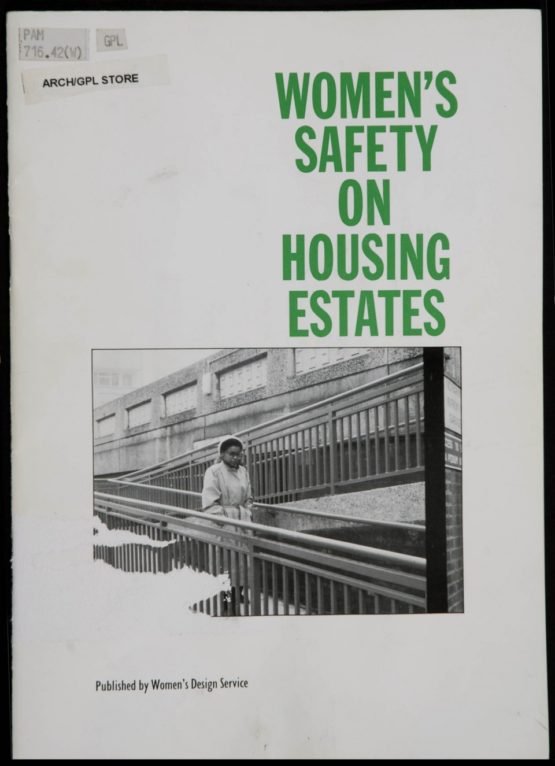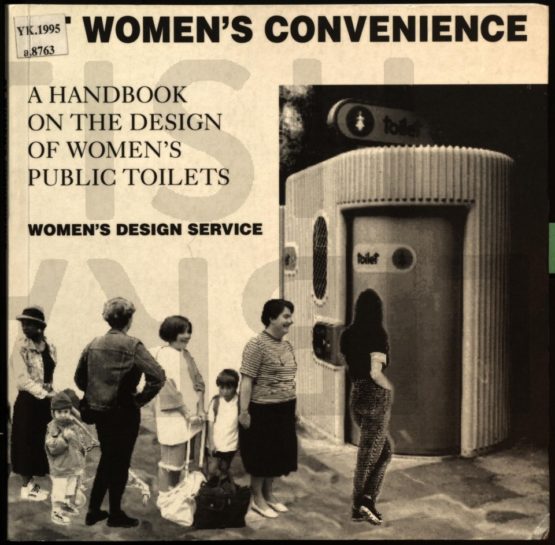Sex and the city
The preclusion – or at least under-representation – of women at all stages of the urban design and planning processes has historically created cities ill-equipped for dealing with their needs.
There are the social drivers necessitating more women-friendly cities – the fact that women are still the majority carers of both children and the elderly – and then there are the more straightforwardly physiological: menstruation, childbearing and the menopause dictate, for instance, our greater dependency on easily accessible, hygienic, public toilet facilities. Frequently, such needs are badly underserved.
What might seem trivial on the face of it can encumber women's capacity to engage in public life. As a result, there have been sustained efforts to challenge this inequality from within the global design community in the last 50 years. The most successful of these emerged in Vienna in the early 1990s, led by urban planner Eva Kail and a team of like-minded designers and architects. What they termed 'mainstreaming' of female access in the urban environment called on planners and architects to adhere to a list of protocols which aimed not only to promote female inclusion, but also to take into account the nuanced perspectives of local female residents.



The latter focus was shared by similar groups founded in Britain. Women's Design Service (WDS) and Matrix were two women-led architecture and urban planning groups operating between the 1970s and 2000s. Chronologically, and often politically, both groups occupied a similar space to those lobbying for better facilities for disabled people.
WDS in particular challenged the idea that crime and discrimination could be 'designed out' of cities from an architect's studio. Instead, they favoured direct engagement with the community: inviting women's groups to work with designers in formulating solutions to the problems they faced on a daily basis. A series of seminal publications followed, including, Women's Safety on Housing Estates, Shoppers' Creches: Guidelines for Childcare Facilities in Public Places and At Women's Convenience: A Handbook on the Design of Women's Public Toilets. These works led to the partial breakdown in the normative assumptions underscoring great swathes of the urban development sector in London and, more broadly, in Britain.
The Women's Design Service aimed to "go back to first principles, to question why things were built and how and for whom. Usually for anybody but women"
As WDS co-founder Sue Cavanagh puts it, the group aimed to "go back to first principles, to question why things were built and how and for whom. Usually for anybody but women." That approach seems more necessary today than ever before, given the present rate of change in British cities.
As a stark reminder of the fact that innovation doesn't necessarily follow a linear path, progress in gendered approaches to urban design has slowed, despite still being a critical necessity.
While some reports indicate that the number of female architects employed by AJ120 firms is steadily rising, more long-term surveys indicate limited progress towards fairer representation in the field as a whole. In Britain, and especially in London, conversation between urban planners and civil society – and women's groups in particular – appears to have broken down entirely. In a bid to understand what is driving the imbalance, reports have been published whose assessments point to systemic sexism throughout the field of architecture and urban planning, based on large-scale reporting of sexual discrimination and harassment.

Nowhere is the male problem more evident than in London. Following his election as London mayor in 2008, Boris Johnson immediately scrapped the post of policy adviser on women's issues, held at the time by Anni Marjoram, on grounds that the position had become irrelevant. This left little scope for anyone to express concern about women's preclusion from all aspects of the urban design project, and also about the long list of challenges to women's safety and security that exist beyond that.
We only have to skim through the list of skyscrapers to appear on the London skyline over the past eight years to see how few women have been involved in their conception, and in the transformation of the city more broadly.
The Walkie Talkie is designed by Rafael Viñoly and the so-called Cheese Grater, by Rogers Stirk Harbour + Partners. Upcoming developments include 100 Bishopsgate, designed by Allies and Morrison, an architect firm whose list of 18 partners includes only two women; and The Scalpel, designed by Kohn Pedersen Fox, whose list of 25 principal architects again only includes two women. The hilariously titled Gotham City complex planned for Leadenhall Street might be designed by MAKE – a firm comprising a more representative proportion of women – yet it could scarcely be less sensitive to its surroundings than if it were grabbing its own crotch and blaring Kenny Loggins.
Most read
Fiction: Divided we stand, by Tim Maughan How Scotland is tackling the democratic deficit The Long + Short has ceased publishingDoes the apparent progress wrought in the glass-fronted towers popping up along the London skyline belie a more fundamental regression elsewhere? As more and more single mothers, elderly and working women are forced into isolation and financial struggle as private renters, there's a natural sense of nostalgia for a time in which a few dedicated groups were directly addressing their needs.
Kail and her colleagues in Vienna demonstrated the effectiveness of an approach that engages directly with civil society and women in particular through the creation of the Frauen-Werk-Stadt (Women-Work-Town), an area of the Austrian capital designed exclusively by women architects and planners. The project also included a competition launched in 1993 to design a women-friendly public housing project based on the guidelines of the Viennese Housing Promotion Act and Building Code, as well as qualitative research conducted in the local community.
The winning entry, submitted by Franziska Ullmann, comprised a 359-apartment, multi-storey building, whose many distinctive features included equally sized rooms to negate prescribed functions, and social spaces available on each floor to promote greater interaction between residents. Each unit also looked out on to grassy community courtyards comprising on-site kindergarten facilities and a doctor's surgery. The development was situated within a short walking distance from major transport links to make school runs and chore-running as pain-free as possible.
Frauen-Werk-Stadt is now used as an example in UN development literature (PDF) to promote the creation and management of sustainable cities. In 2011, the UN upscaled its previous work on the prevention of violence against women in cities with the launch of the Safe Cities for All Joint Programme, aimed at mainstreaming urban design strategies that promote women's safety and hygiene. Its focus in the first phase was on cities with a particularly high rate of violent crime against women: Beirut, Dushanbe, Manila, Marrakesh, Nairobi, Rio de Janeiro, San Jose and Tegucigalpa. But its effect was by no means limited to that list. With gender mainstreaming fast becoming a buzzword among development practitioners, it has led to more inclusive design practices elsewhere too.
Yet in a typical case of development hypocrisy, the gender mainstreaming that was promoted via the prism of overseas programmes and rolled out across the developing world, was lacking in much of western society. Unlike Sydney, where space is being made for the equal inclusion of women in urban environments, London seems to represent an ever-diminishing concern among city policymakers. In fact, we're seeing a worrying tendency for past efforts towards gender mainstreaming not only to be lost, but systematically reversed.